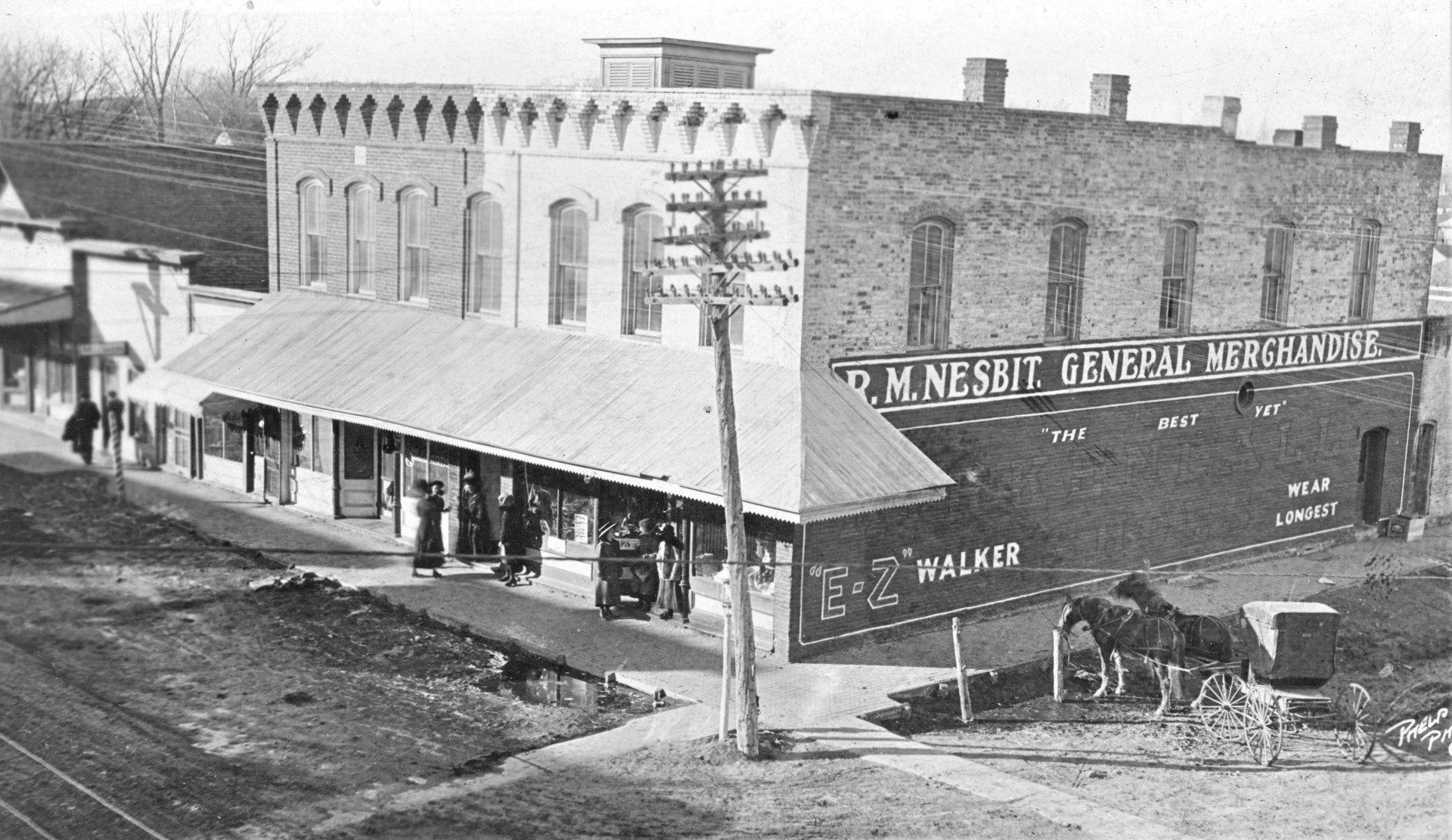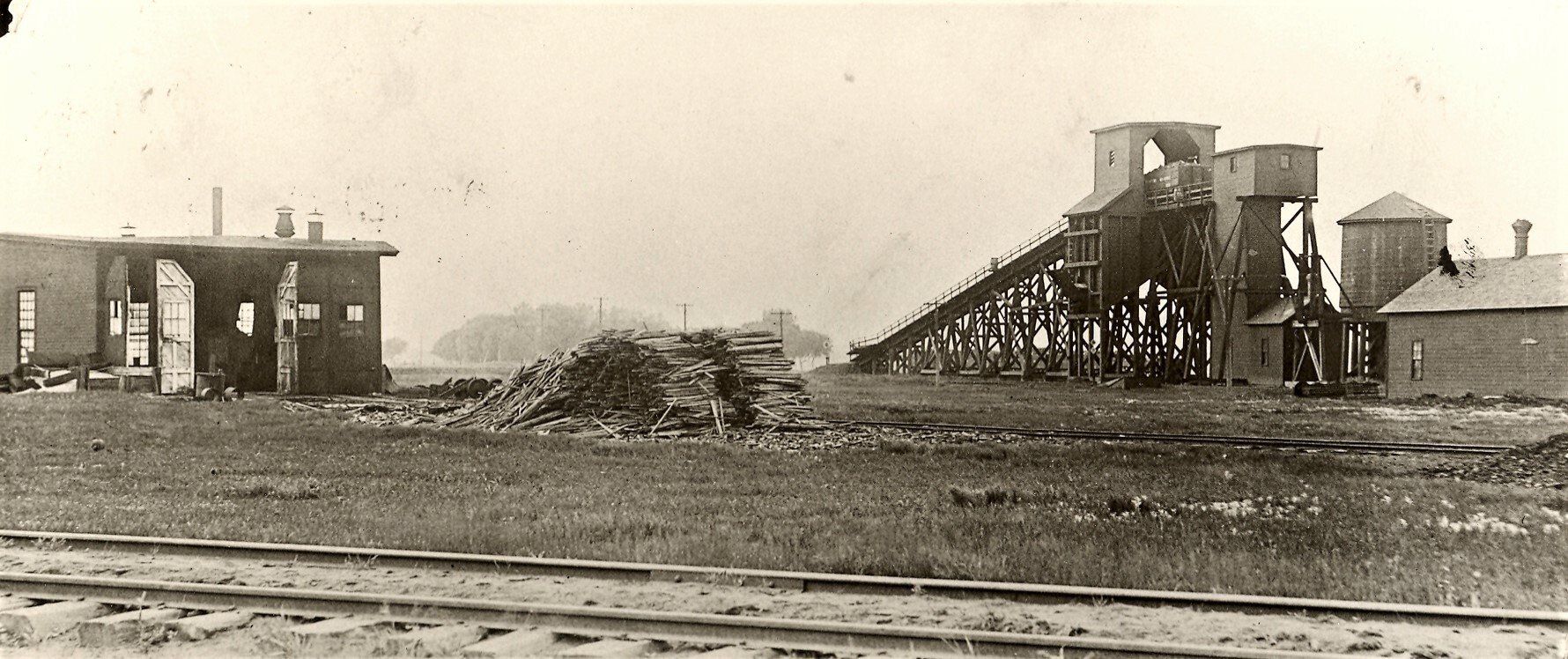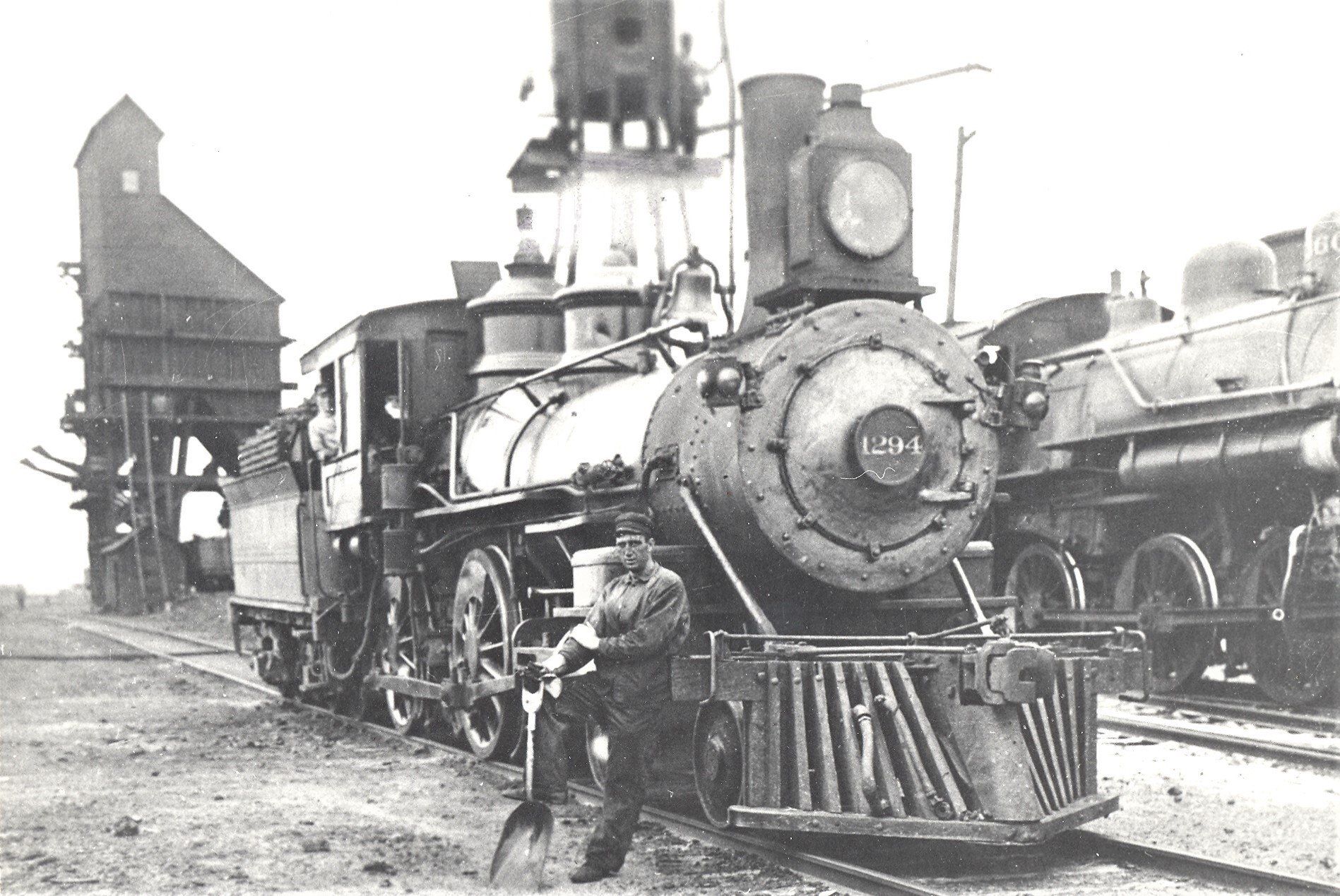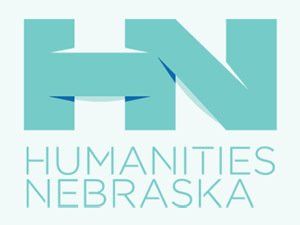Oakdale, Nebraska
Oakdale History
Oakdale, established in 1872 and named for the abundance of oak trees in the area, was the first town in Antelope County. It is located on the south bank of Cedar Creek about a mile from its junction with the Elkhorn River. Land was bought from the Omaha & Northwestern Railroad for $3.25 per acre, with a $10,000 bond to ensure that a flour mill would be erected. The town was not incorporated until 1882.
The flour mill was operating by November of 1873. A steam sawmill, post office, and a church (part of a community known as "Twin Grove," several miles northeast), were moved to the new town. Soon there were many shops, homes, and a semi-monthly newspaper (printed in West Point). By fall, the first public school had begun. The Methodist Episcopal Church, the first protestant church in the county, was organized and met in homes and the schoolhouse until a church was built in 1881.
Oakdale was the county seat from 1872 until 1883 when (after a vigorous battle and five ballots) it was moved to Neligh.
Despite grasshopper scourges between 1873-77 and the great distance from any markets, the town continued to grow. Several freighter companies carried on the business of moving cattle and commodities to the west and north. In 1879, the "Pen and Plow," Oakdale's second newspaper established in 1877, reported there were 32 businesses and dwellings when the Fremont, Elkhorn & Missouri Valley Railroad completed its track to town. The coming of the railroad gave a great impetus to its growth.
In 1881, a Presbyterian Seminary was to have been built, but because of one being established in Omaha, it never came to fruition. By 1887 there were five churches: Methodist Episcopal, Presbyterian, Baptist, Evangelical Association, and Catholic. In the early 1900’s, the United Brethren in Christ was organized and bought the Evangelical Association building. Today, two churches remain: the United Methodist and Church of Christ.
Even through the drought and severe winters of the 1890s, the town continued to expand. The first public telephone was established in 1896. The Oakdale Acetylene Gas Company began to furnish street lights and later residential lights. Two banks were in operation and a branch line of the railroad was built to Scribner.
Additionally in the early 1900’s, a Commercial Club was organized, and with its help, several types of entertainment, including a bowling alley, were brought to the town, and the Federated Woman's Club started a public library. Local musicians held weekly band concerts. Chautauquas were held annually from 1911 until sometime in the 1920’s. The year 1912 appears to have been a banner year. The new school house had just been completed, an electric light plant was built, and the population reached its peak of nearly 900.
In 1919 the community built a pavilion that was used for community activities until replaced by a new one in 1981. A gymnasium for the school was built in 1921.
The economic slowdown and drought of the 1930’s hit very hard. The banks failed and the mill went into bankruptcy. Our small town never sprang back.
Many factors contributed to the gradual decline of Oakdale. These include the loss of the county seat, not being chosen the division point on the railroad, and the construction of the branch line which took away trade from the rich area to the south. The decline of the railroads, with the end of passenger service, meant that families of railroad employees left town. Nonetheless, the community still has a strong pioneer spirit of working together when things need to be done.
The decades of the 1960-70s brought positive changes that have improved life in the community. Underground telephone lines were installed, the main street was paved, mercury-vapor street lights were installed, and the Centennial Park playground was built with local donations and a public auction. Completed in the 1980’s has been a new community center, extensively used for activities by the local residents as well as other area people, a water tower, a new pump, water meters, and many blocks of new water lines. These have all improved life in the community.
The centennial celebration in August 1972 was well-attended and enjoyed by all. The 1980 census shows a population of 410.
The Oakdale High School consolidated with Neligh High School in 1966 and the Oakdale building was used for K-6 graders from Oakdale. During the 1974-1975 school year Neligh - Oakdale students in grades 3-5 were housed in the Oakdale building while all other grades were housed in Neligh at either the Westward building or the High School building. After the 1994-1995 school year all grades were moved to Neligh. The Oakdale School building sat vacant for several years and most recently was being remodeled into a residence.
Oakdale Grocery occupied what is now the City maintenance building for a long time as a locker and grocery store. The locker closed in 1973 and the move made to the building across the alley from the Oakdale Library. The grocery store operated until the end of November 1986. The Church of Christ has occupied it since.
Starting in the 1990s through 2020 there was a continued decline in the business district.
The First State Bank of Oakdale was closed in 1987 but reopened as the First United Bank (a branch of the First United Bank of Neligh). In April 1999, the Oakdale branch of the First United Bank of Neligh closed its doors.
Wagner Seed, the Long Branch Café and Bar, and an antique store came and went.
The High Low, which sat at a diagonal on Main Street, was a long-standing, family-oriented bar and grill, which opened in November 1970 and sold to former State Senator, John DeCamp, in 1999. Johnny D’s also operated as a bar and grill. Some years later it was sold again, operating as “Stix” but slowly declined and finally closed its doors for good on October 31, 2016
In 2020, a new fire station was erected where the Brainard Lumber Company had been. The land was donated by the Gene Kinnan family. During construction, the old Methodist Episcopal Church was leveled. It contained bricks made by a local brick company. The old fire house has yet to be repurposed.
The Lois Johnson Memorial Library and the Church of Christ prevail on Main Street, as well as, the Village of Oakdale offices which occupy the old First United Bank building. The US Post Office, Community Center, and City maintenance building complete Main Street.
Several other businesses continue to operate in Oakdale including a gas and convenience store, Mr. S’s, an auto repair shop, Mid-West Repair, a car/truck dealer, Old Mill Sales and Repairs, and Guys & Gals Beauty Salon.
Centennial Park has updated play equipment, picnic tables, and bathrooms.
The Cowboy Trail that runs through Oakdale took a hit by major flooding in March of 2019 but has since been repaired.
The 2010 Census reflects Oakdale’s population as 322. While Oakdale has had its ups and downs, it continues to be a community that comes together when support is needed. The roots in Oakdale run deep and the native sons and daughters who have moved away have fond memories and continue to call it home.
Combined writing of DeAnna Martensen and the late Lois Johnson.









